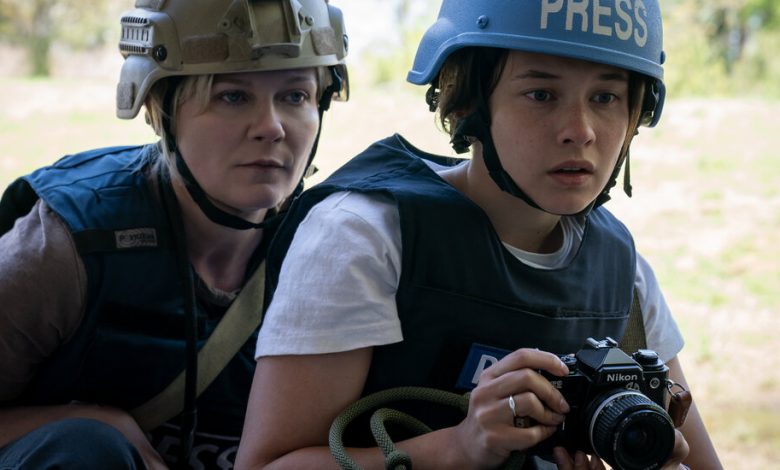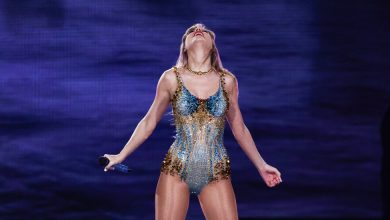How They Pulled Off the Ending to ‘Civil War’

This article contains spoilers for the film “Civil War.”
When Alex Garland was writing the script for “Civil War,” he started with the ideas in the last moments. “In some ways the film was kind of reverse engineered from the ending,” he said during an interview in New York.
The path to that ending finds the rebel Western Forces reaching Washington, D.C., laying siege to the White House and cornering the president (Nick Offerman), all while the journalists at the center of the film capture it through their own lenses. It’s a relentless, loud 20 minutes of screen time, during which the Lincoln Memorial is blown up. Garland said he wanted the audience to feel “aversion to it and to feel dismayed.”
It also was an intricate production challenge, which involved digitally recreating Washington, shooting on sets throughout the Atlanta area, and executing detailed choreography that Garland likened to “football plays.” (Garland is British, but he noted that “football” could refer to soccer or American football. “It’s like little circles and triangles and arrows,” he added.)
From the start of “Civil War,” two journalists at the center of the story — Lee (Kirsten Dunst), a photographer, and Joel (Wagner Moura), a correspondent — want to get to the White House for an audience with the president. They reach it alongside Jessie (Cailee Spaeny), a younger, novice photographer who idolizes Lee. In the end it’s Jessie who gets the most important shot.
But before that, they have to navigate a treacherous military operation on Pennsylvania Avenue and the surrounding streets.
The process of designing the sequence began with a trip to Washington with crew members including Garland, the cinematographer Rob Hardy and the visual effects supervisor David Simpson. The team walked the route of the invasion, Simpson said, mapping out how the troops would move from the memorial to the White House.




